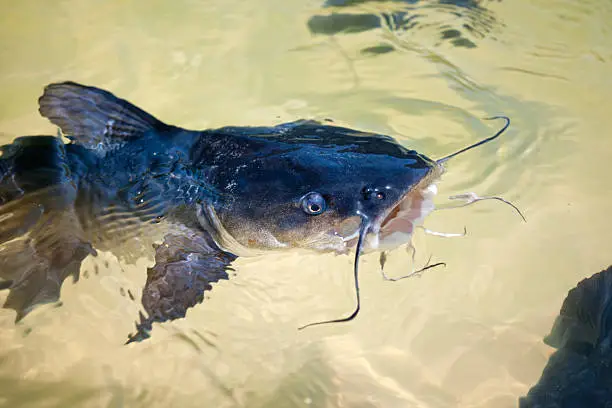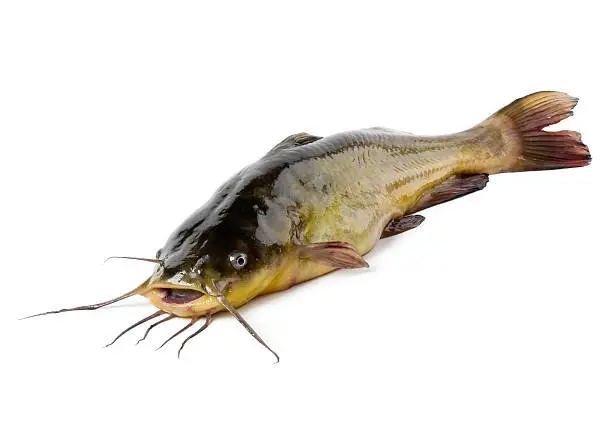How to Start Catfish Farming: A Beginner’s Guide to Profitable Aquaculture
Catfish farming is one of the most lucrative forms of aquaculture in Africa and many parts of the world. It is relatively easy to start, has a quick return on investment, and meets a growing demand for protein-rich food. Whether you’re starting on a small scale in your backyard or aiming for commercial production, catfish farming can be both rewarding and profitable—if done right.
This guide will walk you through the essential steps to get started with catfish farming.
1. Understand the Catfish Market
Before diving into catfish farming, research your local market. Understand:
The demand for catfish in your area
Average prices per kilogram
Potential buyers (hotels, restaurants, market women, households)
Competitors and existing farmers
Knowing where and how to sell your fish is just as important as raising them.
2. Choose the Right Location
The success of your farm depends on selecting a suitable site. Consider:
Accessibility: Should be reachable by road for easy transportation.
Water Source: A constant and clean water supply is essential—borehole, well, or stream.
Drainage: Proper drainage is vital to prevent stagnant water, which can harbor diseases.
3. Decide on a Farming System
There are different ways to rear catfish. Choose based on your budget, land, and available water:
Concrete ponds: Durable and ideal for controlled environments.
Earthen ponds: Cost-effective and closer to a natural habitat.
Plastic tanks or tarpaulin ponds: Ideal for beginners or those with limited space.
Flow-through systems: Advanced systems that continuously supply fresh water.
Each system has its pros and cons. Concrete and tarpaulin ponds are popular among beginners due to their manageability.
4. Construct Your Pond
Once you decide on the system, construct your pond with proper drainage and inlet systems. Ensure:
Smooth water flow in and out
Adequate depth (at least 3–4 feet for plastic/tarpaulin ponds)
A secure perimeter to prevent predators and escape
If you’re using tanks, make sure they are thoroughly washed and treated before use.
5. Source Quality Fingerlings
Fingerlings are young fish that you’ll raise until harvest. Sourcing healthy, active fingerlings from a reputable hatchery is crucial.
Look for:
Active swimmers
Uniform size
No signs of injury or disease
You can start with 500 to 1,000 fingerlings for a small-scale farm. Avoid overcrowding to prevent stress and death.
6. Feed Management
Feeding accounts for the majority of your production cost. Use high-quality feed with at least 35% protein for growth.
Feeding tips:
Feed twice daily (morning and evening)
Avoid overfeeding—leftovers can pollute the water
Use floating pellets to monitor feeding behavior
As your fish grow, adjust feeding quantity and size of pellets accordingly.
7. Monitor and Maintain Water Quality
Water is life for catfish. Poor water quality can cause disease outbreaks and slow growth. Regularly check:
pH levels (6.5–8 is ideal)
Ammonia levels
Oxygen content
Temperature (25–30°C)
Change 20–30% of the water weekly (or more frequently in small tanks). Remove dead feed and waste regularly.

8. Prevent and Control Disease
Good hygiene and monitoring reduce the risk of disease. Signs of sick fish include:
Loss of appetite
Lethargy
Surface gasping
Skin lesions or fin rot
If you notice these symptoms, isolate the affected fish and consult an aquaculture expert for treatment options.
9. Harvesting and Marketing
Catfish is usually harvested between 4 to 6 months, depending on your target weight (often 1–1.5kg per fish).
Methods:
Drain the pond and collect the fish with nets
Sort by size and remove dead or unhealthy ones
Sell your fish live or smoked, depending on market demand. Have a marketing strategy in place before harvesting to avoid holding costs.
10. Keep Records and Grow
Maintain records of:
Fingerlings purchased
Feeding schedules and quantity
Water treatment
Growth rate
Mortality
Sales and profits
These records help you improve future production cycles and ensure you’re making a profit.
Conclusion
Starting a catfish farm requires planning, dedication, and basic aquaculture knowledge. With the right setup, healthy fingerlings, and consistent feeding and monitoring, you can turn your small operation into a profitable business.
Whether you’re doing it for side income or full-scale entrepreneurship, catfish farming is a smart move for anyone looking to dive into agriculture.
How to Make Money from Catfish Farming
Catfish farming offers multiple income streams if managed effectively. The most direct way to earn is by selling mature fish after 4–6 months of growth. Depending on your scale, selling to local markets, hotels, restaurants, cold stores, and individual buyers can generate substantial profit. For example, if you rear 1,000 catfish and sell each at GH₵20–GH₵30 (₦1,000–₦1,500 in Nigeria), your revenue could reach GH₵20,000–GH₵30,000.
You can also add value by smoking the catfish, which increases shelf life and fetches higher prices. Smoked catfish is in high demand in urban areas and abroad, making it an attractive export product.
Other income sources include:
Fingerling production: Hatch and sell young catfish to other farmers.
Feed formulation and sales: Produce and sell fish feed if you master local feed production.
Training and consultation: Share your knowledge through workshops or social media.
As your farm grows, reinvest in better infrastructure, expand your pond capacity, or partner with fish retailers to scale. Keeping accurate records and maintaining healthy fish are the keys to consistent profits.
With good planning and marketing, catfish farming can become a stable, scalable, and sustainable business venture.

